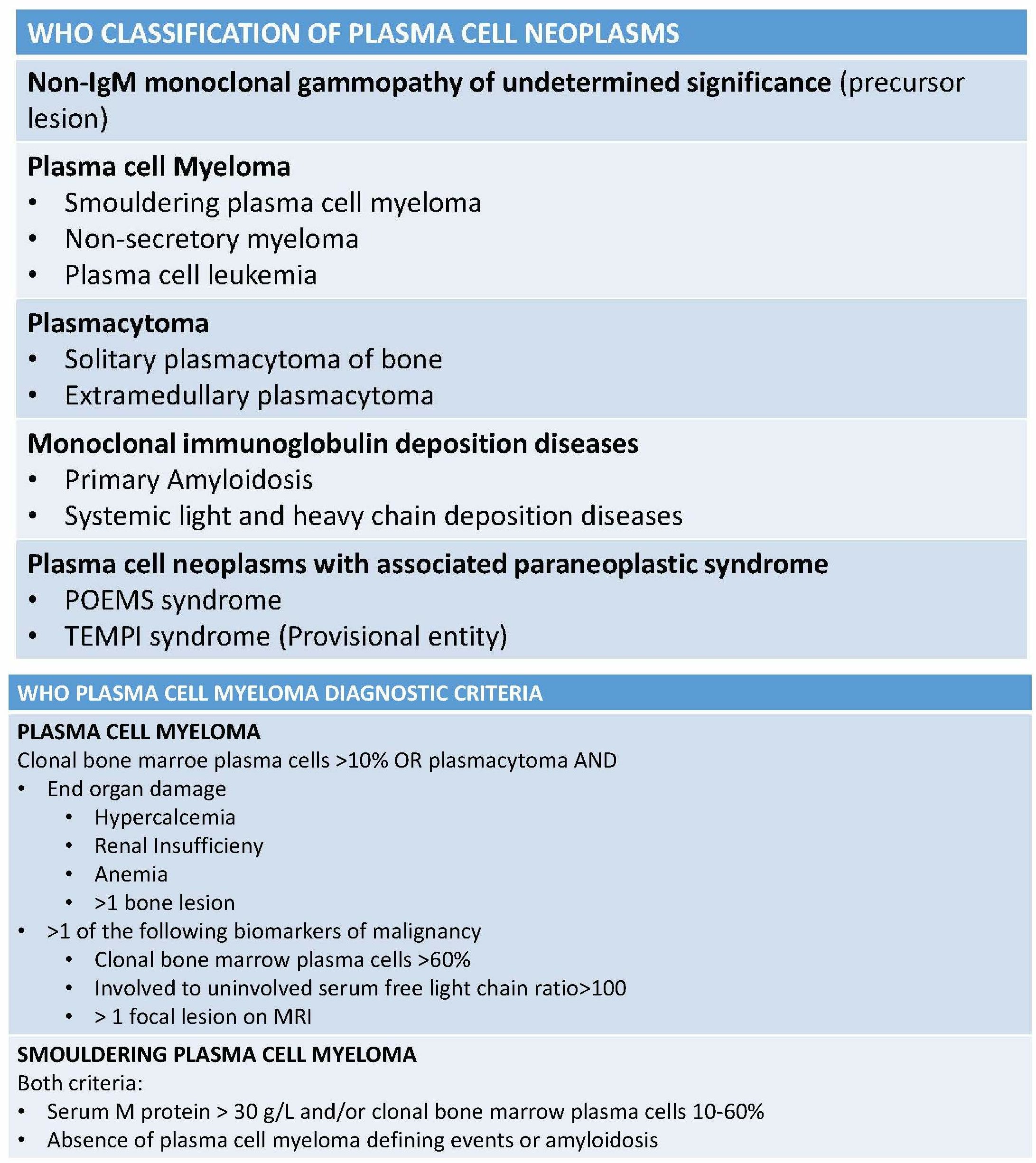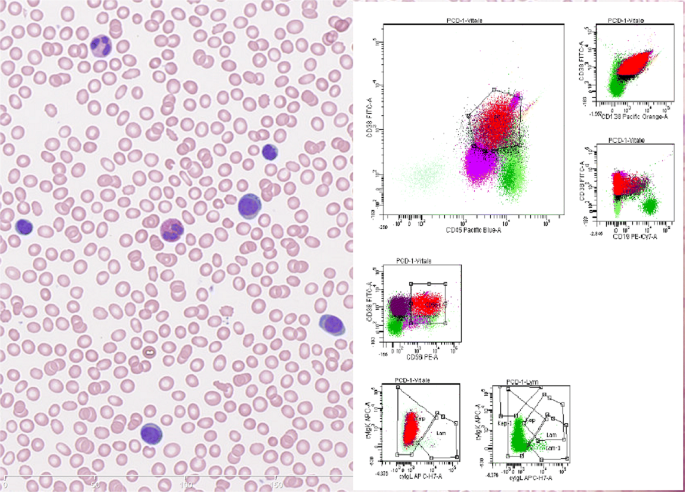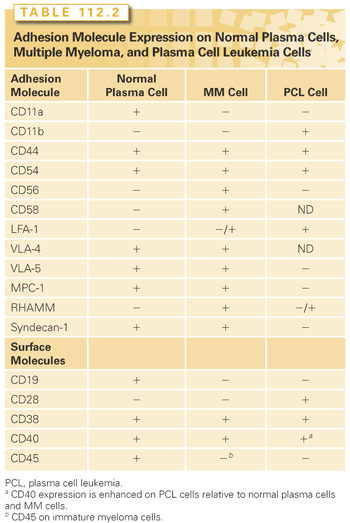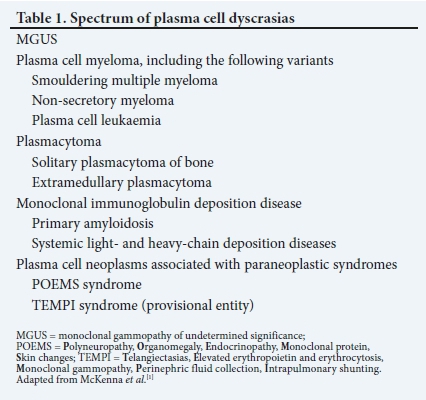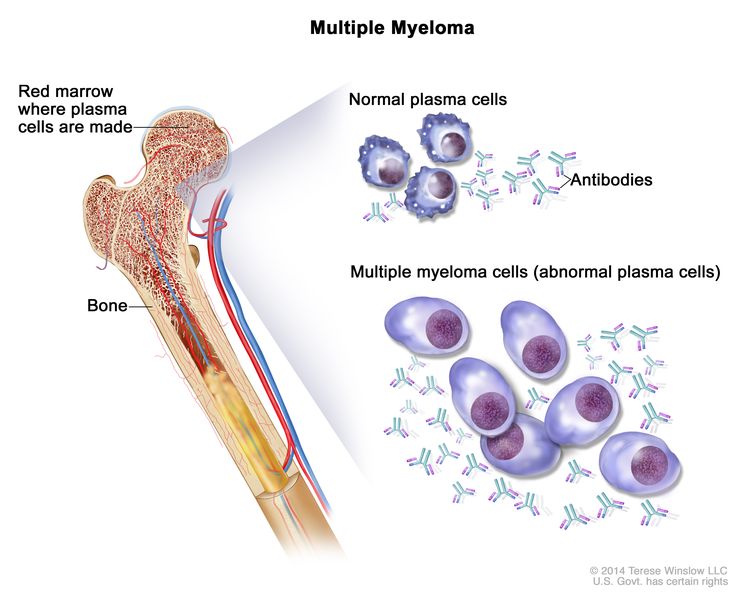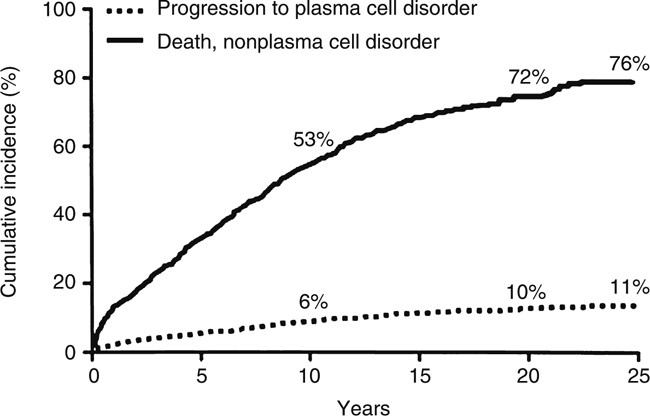It s often related closely to multiple myeloma and sometimes presents as a secondary form of this disease more often though it occurs all on its own which is usually known as a primary diagnosis.
Secondary plasma cell leukemia life expectancy.
Pcl manifests when the cancerous plasma cells are seen in the bloodstream not just in the bone marrow.
When patients develop plasma cell leukemia after their original multiple myeloma it is secondary plasma cell leukemia.
I was diagnosed with primary plasma cell leukemia in 2012.
Traditionally pcl has been diagnosed based on kyle s criteria which requires circulating plasma cells to account for at least 20 of peripheral blood leukocytes and or an absolute circulating plasma cell count of 2 0 10 9 l with evidence of monoclonal gammopathy jimenez zepeda and dominguez 2006 some investigators consider this number to be arbitrary and have.
Plasma cell leukemia pcl is a plasma cell dyscrasia i e.
Secondary plasma cell leukemia occurs in 1 to 4 patients out of 100 patients who are with myeloma and it is becoming more common as the life span of myeloma patients is increasing.
Secondary plasma cell leukemia represents an aggressive proliferative disorder associated with a poor prognosis and a shorter survival compared to mm itself.
Plasma cell leukemia is more commonly seen in african americans than caucasians.
A disease involving the malignant degeneration of a subtype of white blood cells called plasma cells it is the terminal stage and most aggressive form of these dyscrasias constituting 2 to 4 of all cases of plasma cell malignancies.
Men are at a slightly increased risk for developing plasma cell leukemia than women.
Plasma cell leukemia pcl is an aggressive form of multiple myeloma characterized by high levels of abnormal plasma cells circulating in the peripheral circulating blood.
I had never had myeloma before it was my original diagnosis.
